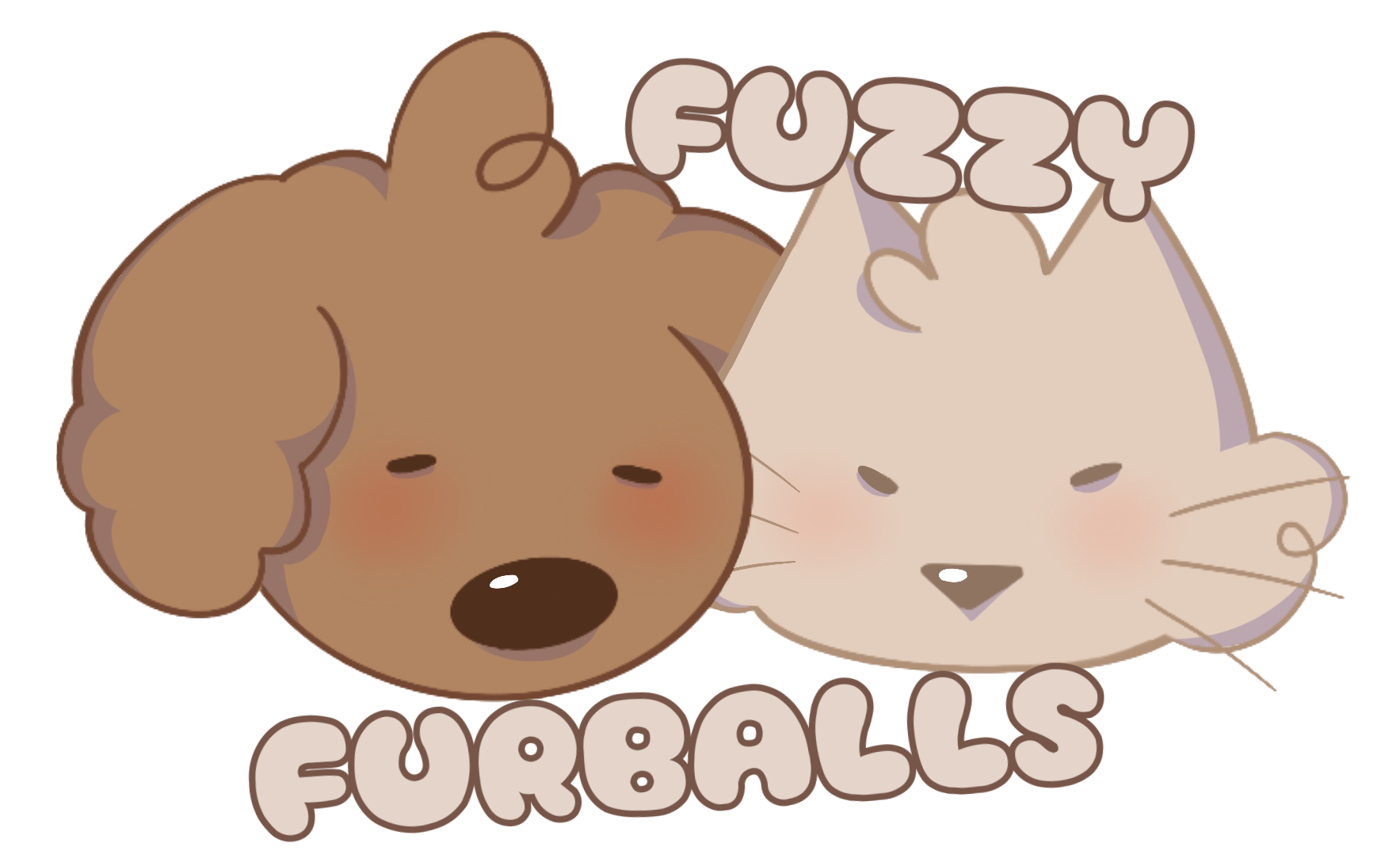Properly introducing a new puppy to a dominant dog is essential for establishing a harmonious relationship within your household. The way these initial interactions are managed can significantly impact the dynamics between the dogs and set the tone for their future interactions. By understanding the importance of proper introductions and recognizing the dynamics at play, you can take proactive steps to ensure a smooth transition and promote a positive relationship between your dominant dog and the new puppy.
Preparing for the Introduction
Assessing the Dominant Dog’s Behavior and Temperament
Before introducing the new puppy to your dominant dog, it’s important to assess the behavior and temperament of your existing dog. Understanding how your dominant dog typically reacts to new situations and other animals can help you anticipate potential challenges and plan accordingly. If your dog has displayed aggressive or territorial behavior in the past, it may require additional preparation and caution during the introduction process.
Preparing the Environment for a Smooth Introduction
Creating a conducive environment is key to a successful introduction. Ensure that the space is safe and free from potential hazards, such as small objects or valuable items that may trigger possessiveness. Remove any food bowls or toys that your dominant dog may guard to avoid potential conflicts during the initial meeting.
Ensuring Both Dogs Have Individual Spaces and Resources
Providing individual spaces and resources for each dog is crucial. Dogs, especially dominant ones, value their personal space and belongings. Set up separate areas where each dog can retreat to when they need some alone time. Additionally, ensure that each dog has their own food and water bowls, toys, and comfortable sleeping areas. This helps prevent resource guarding behavior and promotes a sense of security for both dogs.
By assessing your dominant dog’s behavior, preparing the environment, and ensuring individual spaces and resources, you can create a positive and safe setting for the introduction of the new puppy. These proactive steps lay the foundation for a smooth transition and help minimize potential conflicts during the initial interactions.
Gradual Introduction Techniques
When introducing a new puppy to a dominant dog, it’s essential to take a gradual approach to ensure a positive and safe experience for both dogs. These step-by-step techniques help them become familiar with each other’s presence and gradually build a bond.
- Initial Separation and Scent Exchange: Begin by keeping the new puppy and the dominant dog in separate areas of the house. This allows them to adjust to each other’s scent without direct contact. Swap bedding or blankets between the two dogs to exchange their scents. This helps them become familiar with each other’s smells and establishes a sense of recognition.
- Controlled Visual Introduction: After a few days of scent exchange, you can progress to a controlled visual introduction. Use baby gates or barriers to keep them physically separated but allow them to see each other. This controlled visual exposure helps them gauge each other’s body language and reactions without direct contact.
- Controlled Physical Introduction with Supervision: Once both dogs show signs of curiosity and interest without aggression or fear, you can proceed to a controlled physical introduction. Keep both dogs on leashes and allow them to approach each other in a neutral and controlled environment. Observe their behavior closely for any signs of tension, aggression, or discomfort. If any negative behavior arises, calmly separate them and try again at a later time.
- Gradually Increasing Supervised Interactions: As the dogs become more comfortable with each other, gradually increase their supervised interactions. Allow them to spend short periods of time together under close supervision. Watch their body language and intervene if necessary to prevent any conflicts. Gradually extend the duration of their interactions as long as they continue to display positive behavior and a calm demeanor.
Remember to remain patient throughout the introduction process and never force interactions between the dogs. Each dog will adjust at their own pace, and it’s crucial to respect their comfort levels. By gradually introducing the new puppy to the dominant dog in a controlled and supervised manner, you can increase the likelihood of a positive and harmonious relationship between the two.
Managing Interactions and Establishing Boundaries
Proper management of interactions between a dominant dog and a new puppy is crucial to ensure a harmonious coexistence. By setting clear rules and boundaries, closely supervising their interactions, and using positive reinforcement techniques, you can establish a healthy dynamic between the dogs.
Set Clear Rules and Boundaries for Both Dogs
Establishing consistent rules and boundaries for both the dominant dog and the puppy is essential. This includes expectations for behavior, such as no jumping, no resource guarding, and no aggression. Consistency in enforcing these rules helps both dogs understand their roles and prevents conflicts.
Supervise Interactions to Prevent Any Aggressive Behavior
When the dogs are together, it is important to closely supervise their interactions. Watch for any signs of aggression or tension, such as growling, snarling, or raised fur. If any aggressive behavior occurs, immediately separate the dogs and provide a time-out period. This prevents the development of negative associations and ensures the safety of both dogs.
Use Positive Reinforcement Techniques to Reward Calm and Appropriate Behavior
Positive reinforcement is a powerful tool for encouraging desired behavior. When both dogs exhibit calm and appropriate behavior in each other’s presence, reward them with praise, treats, or play. This reinforces positive associations and helps build a positive bond between them. Additionally, redirect any undesirable behavior towards more appropriate activities and reward the desired behavior.
By setting clear rules and boundaries, closely supervising interactions, and using positive reinforcement techniques, you can foster a respectful and balanced relationship between the dominant dog and the new puppy. Consistency, patience, and positive reinforcement will help them understand their roles and create a peaceful coexistence. Remember to give each dog individual attention and ensure that their needs are met to maintain a healthy and happy environment for both of them.
Training and Socialization
Training and socialization are vital components of introducing a dominant dog and a new puppy. By training both dogs individually, exposing the puppy to various environments, and facilitating positive experiences and interactions, you can promote their obedience, confidence, and social skills.
Train Both Dogs Individually to Reinforce Obedience Commands
It is essential to train each dog individually to reinforce obedience commands. This allows you to establish a foundation of basic commands such as “sit,” “stay,” and “come” for both dogs. Consistent training sessions with rewards and positive reinforcement help them understand and obey commands, building a level of respect and responsiveness.
Expose the Puppy to Different Environments, People, and Dogs
Socialization plays a crucial role in the puppy’s development. Introduce the puppy to various environments, such as parks, busy streets, and different households, to expose them to different sights, sounds, and smells. Encourage positive encounters with new people and other well-behaved dogs, gradually increasing the complexity of social interactions to promote their confidence and adaptability.
Facilitate Positive Experiences and Interactions Between the Dogs
Create opportunities for positive experiences and interactions between the dominant dog and the puppy. Supervised play sessions and structured activities, such as walking together on leashes, can help them develop a bond and establish positive associations with each other. Reward calm and appropriate behavior during these interactions to reinforce positive experiences.
Through individual training, exposure to various environments, and facilitating positive interactions, you can enhance the obedience, social skills, and confidence of both the dominant dog and the new puppy. Consistency, positive reinforcement, and gradual exposure are key to their successful integration. Remember to prioritize their safety, monitor their interactions, and provide ample opportunities for mental and physical stimulation. With time and patience, the dogs can develop a strong bond and thrive in each other’s company.
Addressing Challenges and Seeking Professional Help
Recognizing Signs of Aggression or Dominance Issues
It is crucial to be aware of signs that indicate aggression or dominance issues between the dominant dog and the puppy. These signs may include growling, snarling, snapping, resource guarding, or excessive attempts to assert control. Recognizing these behaviors early allows you to address them promptly and prevent potential conflicts.
Implementing Corrective Measures and Redirecting Undesirable Behavior
If you observe any undesirable behavior from either the dominant dog or the puppy, it is essential to implement corrective measures. This can involve redirecting their attention to appropriate toys or activities, using positive reinforcement to reward desired behavior, or implementing training techniques that discourage aggression or dominance. Consistency and patience are key to modifying behavior and establishing a harmonious dynamic between the dogs.
Consulting with a Professional Dog Trainer or Behaviorist if Needed
In some cases, addressing challenges between a dominant dog and a new puppy may require the expertise of a professional dog trainer or behaviorist. If you encounter persistent aggression, dominance issues, or if the safety of either dog is at risk, seeking professional help is highly recommended. A professional can assess the situation, provide tailored guidance and training techniques, and help you navigate the challenges more effectively.
By recognizing signs of aggression or dominance issues, implementing corrective measures, and seeking professional help when necessary, you can address and manage any challenges that arise during the introduction process. The well-being and safety of both dogs should always be a priority. With patience, consistent training, and appropriate interventions, you can foster a positive and harmonious relationship between the dominant dog and the new puppy.
Time and Patience
Understand That the Process of Integration Takes Time
It’s important to recognize that the process of integrating a dominant dog and a new puppy takes time. Building trust, establishing a hierarchy, and developing a positive relationship between the dogs cannot happen overnight. Each dog has their own personality and adjustment period, so be prepared for a gradual process and avoid rushing the introduction.
Be Patient and Consistent in Training and Managing the Dogs’ Interactions
Patience and consistency are key when introducing a dominant dog and a puppy. Training and managing their interactions require a calm and composed approach. Stay consistent with the rules, boundaries, and training techniques you establish. Provide clear guidance and reinforcement to both dogs, helping them understand the desired behavior and expectations. Remember that each dog may require individual attention and reinforcement based on their unique needs.
Celebrate Small Victories and Progress Made
Throughout the integration process, celebrate the small victories and progress made by both the dominant dog and the puppy. Acknowledge and reward positive interactions, calm behavior, and any signs of bonding or cooperation. These small steps are important milestones that contribute to the overall success of their relationship. By highlighting and celebrating these achievements, you can further reinforce positive behavior and strengthen the bond between the dogs.
By understanding that the integration process takes time, being patient and consistent in training and managing interactions, and celebrating small victories and progress made, you can navigate the introduction of a dominant dog and a new puppy more effectively. Remember to remain positive and provide a supportive environment for both dogs as they adjust to each other’s presence. With time, patience, and dedication, you can foster a harmonious and loving relationship between the dominant dog and the puppy.
Building a Harmonious Relationship
Encourage Positive Interactions and Play Between the Dogs
Encourage positive interactions and play between the dominant dog and the puppy. Monitor their interactions closely, ensuring that they engage in appropriate play behavior and exhibit positive body language. Provide them with interactive toys and engage in activities that they can enjoy together, promoting bonding and a sense of camaraderie.
Promote Bonding Activities, Such as Joint Walks and Supervised Playtime
Promote bonding between the dogs by engaging in joint walks and supervised playtime sessions. Taking them on walks together allows them to explore the environment side by side and build shared experiences. Supervised playtime provides an opportunity for them to interact, socialize, and strengthen their bond under your watchful eye.
Nurture a Supportive and Loving Environment for Both Dogs
Create a supportive and loving environment that nurtures the well-being of both the dominant dog and the puppy. Provide them with individual attention, affection, and praise. Ensure they each have their own space, comfortable resting areas, and access to resources such as food, water, and toys. By demonstrating love, fairness, and equal attention, you foster an atmosphere of harmony and acceptance.
By encouraging positive interactions and play, promoting bonding activities, and nurturing a supportive and loving environment for both dogs, you lay the foundation for a harmonious relationship. Consistency, patience, and understanding are key as the dominant dog and the puppy continue to develop their bond and establish their roles within the pack. With time, dedication, and a focus on building a positive connection, you can create a harmonious and loving relationship between the dominant dog and the puppy.
Conclusion
Throughout this article, we have explored various strategies and techniques for introducing a puppy to a dominant dog. We discussed the importance of assessing the dominant dog’s behavior, preparing the environment, and gradually introducing the dogs to one another. We emphasized the significance of managing interactions, establishing boundaries, and providing training and socialization opportunities. By addressing challenges and seeking professional help when needed, we can ensure a smooth integration process.
Introducing a puppy to a dominant dog requires a gradual and positive approach. Rushing the process or disregarding the dynamics between the dogs can lead to conflicts and strained relationships. By taking the time to prepare, managing interactions carefully, and utilizing positive reinforcement techniques, we create a foundation for a successful introduction and foster a harmonious coexistence between the dogs.
While introducing a puppy to a dominant dog may present initial challenges, it is important to remember that with proper guidance, patience, and consistent training, a successful and rewarding relationship can be formed. Through positive interactions, training, socialization, and nurturing a supportive environment, the dominant dog and the puppy can develop a strong bond based on trust, respect, and companionship.
By following the guidelines and approaches outlined in this article, you can lay the groundwork for a positive and harmonious relationship between a dominant dog and a new puppy. Remember, every dog is unique, and the introduction process may vary. Stay attuned to their individual needs, monitor their interactions, and celebrate the progress made along the way. With dedication and a focus on building a positive connection, you can create a loving and balanced pack dynamic that benefits both the dominant dog and the puppy for years to come.










